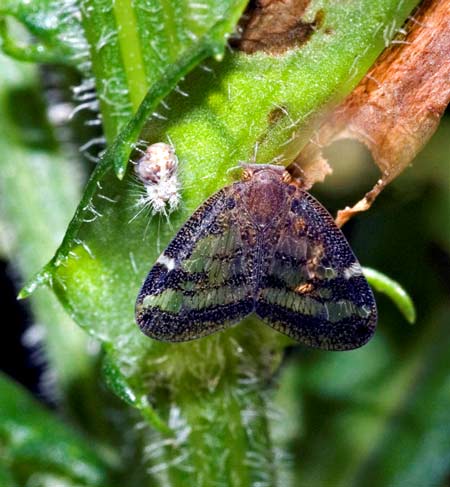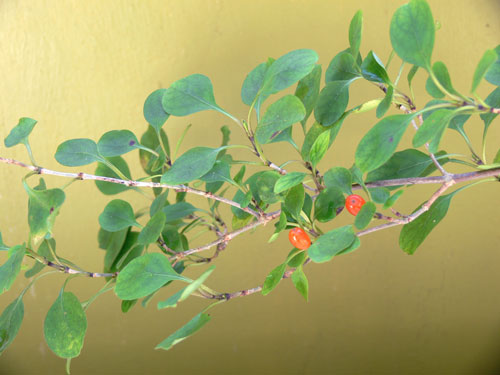
Cases of wild honey poisoning were reported in the early 1900s. Although it was not known where the poison originated, tutu was suspected as it grew in abundance in the Bay of Plenty, and the symptoms were similar to those from tutu. In the 1940s, investigation of a batch of toxic honey from the Bay of Plenty led to the discovery of mellitoxin, closely related to tutin (the poison from the tutu plant). The connection to tutu was made when it was noticed that bees were collecting honeydew from vine hoppers, which in turn were feeding on tutu.
Using this item
Private collection
Photograph by Jeremy Rolfe
This item has been provided for private study purposes (such as school projects, family and local history research) and any published reproduction (print or electronic) may infringe copyright law. It is the responsibility of the user of any material to obtain clearance from the copyright holder.






Add new comment